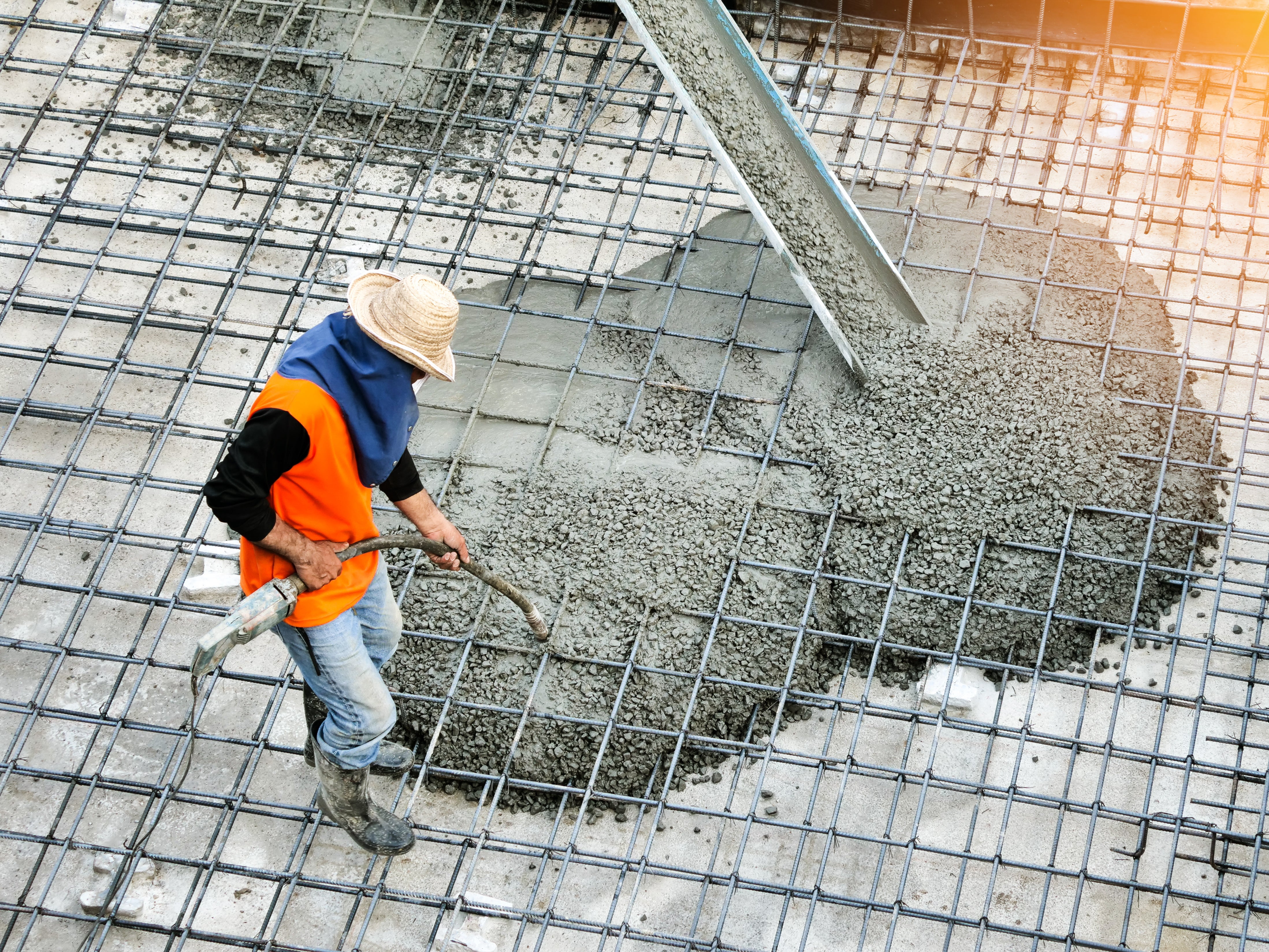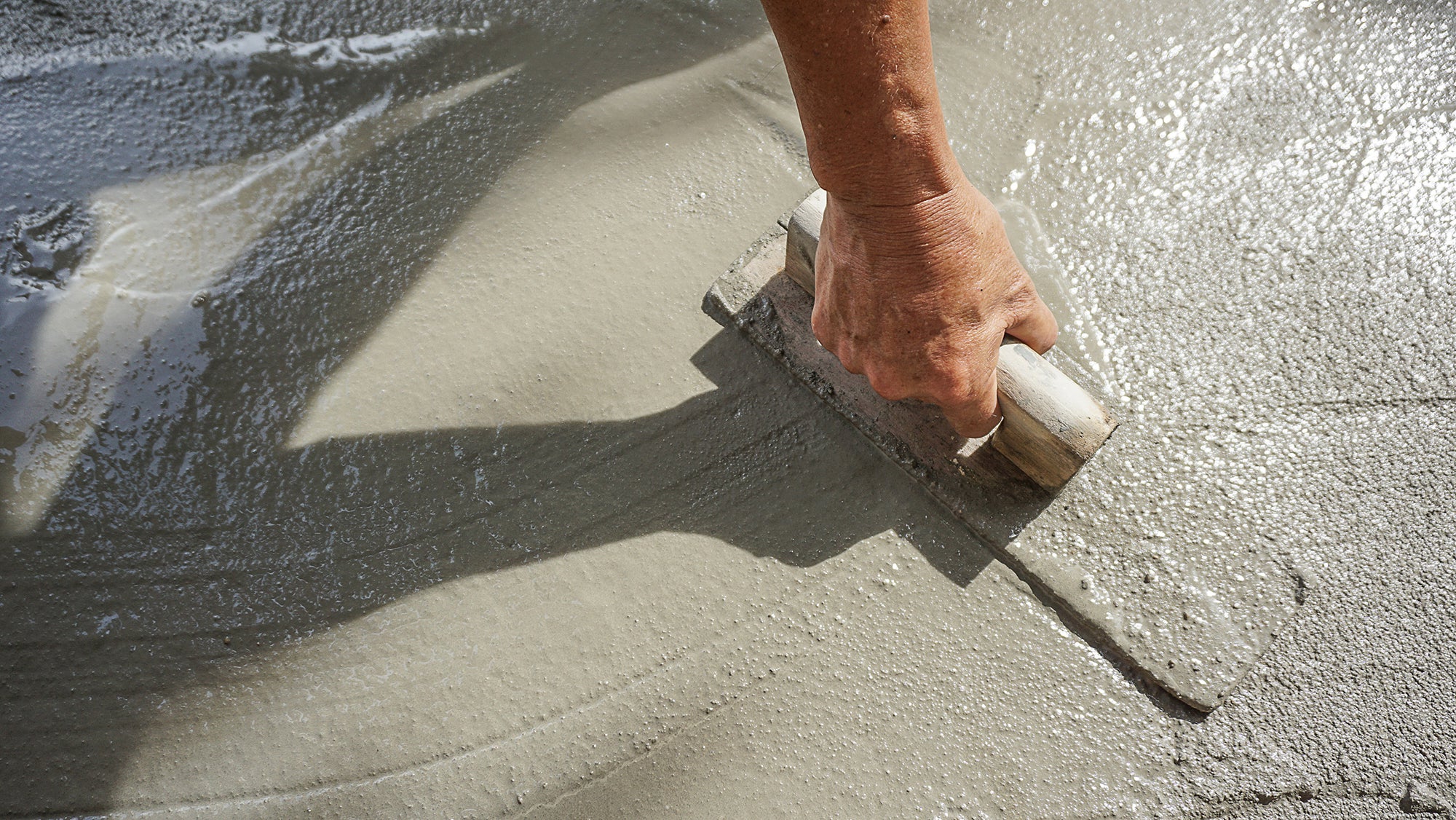Concrete Curing Temperature: Everything You Need to Know

Strategies for Concrete Curing Temperature
Historic findings show that humans have used concrete since at least 6500 BC. Despite being around for so long, it's still one of the most helpful construction materials in the world.
Over the years, our understanding of concrete has improved, so we can now use it more effectively. Within any project, it's essential to know how concrete works, and one of the critical factors is concrete curing time. Pouring concrete in cold temperatures can cause issues, as can pouring concrete in hot temperatures.
This guide covers everything you need to know about finding the ideal concrete curing temperature. Keep reading for more.
A Quick Look at How Concrete Works
Concrete is typically made of an aggregate of sand and gravel (mixed in precise amounts) along with a paste of water and cement. It's poured and formed into different shapes or custom molds. Many companies use Portland cement as it's the most common type in the world, but other options are available.
After pouring concrete, it cures with time, becoming solid and incredibly strong.
The Risks of Pouring Concrete at the Wrong Temperature
The temperature can affect the pouring and curing process, so it's essential to consider the ideal temperature when working on a concrete surface.
Curing concrete at a hot temperature can cause some of the water in the concrete to evaporate before it fully cures. This can speed up the concrete setting process in hot weather but often results in weaker concrete and may cause shape abnormalities.
In cold weather, concrete can take a lot longer to cure fully. When this happens, the concrete can shift over time, which may cause structural damage to the buildings or materials it's supporting. Curing cold concrete in cold temperatures can cause the water in the concrete to expand, resulting in damage.
Breaks or cracks due to freezing may be visible immediately, or they could form inside the concrete and go unnoticed. It may then later crumble under any weight put on top of it.
You want to avoid concrete in cold temperatures to ensure that any structures built on top of this concrete aren't at risk of collapsing. The risk can increase if you pour concrete when it's extremely cold.
Knowing the Ideal Concrete Curing Temperature
In general, you want to pour fresh concrete and allow it to cure between a temperature of 50 and 60°F. Curing temperatures above or below this can lead to the issues mentioned above. Insulated blankets can help when pouring concrete in extreme temperatures.
It's worth noting that you may be able to pour concrete in higher temperatures without any issues to speed up the curing process. You can water the concrete after it has cured to compensate for the water lost to evaporation.
To do this, you need to lightly spray the concrete 5 to 10 times a day for the first 72 hours after it hardens. Bear in mind that this can mitigate the effects of water loss, but you still may get worse results than if it cures at a better temperature.
What's the Best Season for Pouring Concrete?
Most people would assume that the summer is the best time for pouring concrete. The average daily air temperature in a season can help you determine what's best.
A lot of construction work is preferable when weather conditions are good, but as discussed above, this could be a problem for concrete. In the height of summer, temperatures could be too extreme, making it a bad time to pour concrete.
Concrete pouring is best done at milder points of the year. This could be spring or fall (or maybe even winter), depending on where you live. When the temperature sits comfortably between 50 and 60°F, you can pour your concrete without issue.
You should take the temperature at night into account, too. It will naturally be colder, but you want to avoid pouring concrete if the temperature at night drops below about 40 degrees Fahrenheit. This can cause the concrete to freeze, making it more prone to chipping and breaking.
What's the Best Time of Day for Pouring Concrete?
As the temperature is such an essential factor, you should consider the time of day when pouring concrete.
Firstly, it can be best to avoid the hottest part of the day. As such, pouring before about 10 am or after about 8 pm can be a good idea.
In the summer, pouring at night may be the better option so that the midday heat doesn't affect it. Note that you might experience a 24-hour (or longer) curing period in colder conditions.
Something else you want to avoid is rain. Even light rain can interfere with freshly poured concrete for the first four to eight hours. After this point, however, it may actually help in a similar way to the spraying mentioned above.


How Deslauriers Can Help
When it comes to pouring concrete, there's a lot more you need to think about than just the temperature. You need to make sure you have all the necessary equipment if you want things to go to plan. This can include things like pipes, hoppers, shims, rebar, and various other items.
The exact equipment that you'll need will depend on the particular project. Make sure you plan things out to have everything ready before you start.
On top of that, you want to make sure your entire team knows how to use the equipment needed for a project. If they don't, things can quickly go wrong, and you'll get poor results, regardless of the temperature.
Safety is one of the most critical factors in any construction project. Along with all the other equipment, you must ensure everyone working on the project has the proper safety equipment.
If they don't, there could be a risk of serious injury, and you may open your business up to potential lawsuits.
Preparing for Your Concrete Project
If you have a project that involves pouring concrete, preparation is everything. Plan ahead so you know you'll pour the concrete during the ideal concrete curing temperature. It's worth checking the weather forecast before you start in case there's a chance of rain.
You also need to ensure you have all the right gear. Deslauriers sells a wide range of products that can help with any concrete pouring project. Take a look at our Construction Products page to see more of what we have available.
- Impalement Protection with OSHA-Compliant Rebar Caps
- Protecting Worksites from Dropped Object Hazards: Essential Tools for Elevated Safety
- 5 Ways to Use the Vers-A-Scoop (Beyond Just Masonry Work)
- Deslauriers: Leading the Way in Sustainable Manufacturing
- 5 mistakes to avoid when using concrete test scoop
- Construction materials
- shims
- shims in construction
- concrete
- construction
- Steel columns
- Building support structures
- Structural design
- Types of steel columns
- H-beams
- I-beams
- Pipe columns
- Box columns
- Steel-concrete composite columns
- Construction projects.
- Concrete Column Form
- Concrete Column Form Rent
- Buy Concrete Column Forms
- Construction temperature control
- Thermostatic technology
- Concrete curing
- Temperature regulation
- Construction equipment
- Advanced curing techniques
- Concrete strength optimization
- Structural integrity
- Construction safety
- Composite wood shims
- construction shims
- durability of composite shims
- Lifting Handle Guide
- Lifting Handle best practices
- Dowel Caps
- Concrete Placement in Construction
- Construction Efficiency
- Concrete Placement in Construction Projects
- sustainable construction
- cost-effective building materials
- sustainable building benefits
- environmental impact
- on-site training
- deslauriers services
- construction training
- Equipment Maintenance
- Testing Equipment Care
- Rust Prevention
- Compression Testing Equipment
- Equipment longevity
- column formwork
- concrete formwork

